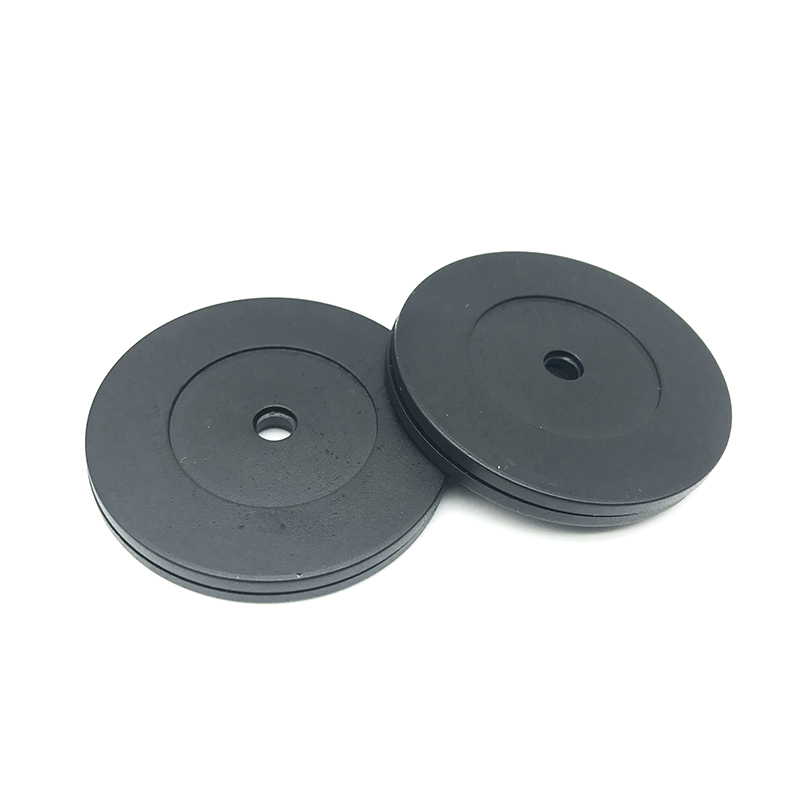Connect with top gaming leaders in Los Angeles at GamesBeat Summit 2023 this May 22-23. Register here.
The Walt Disney Company is known for its iconic movies, but it deserves its place aside Silicon Valley titans for transforming real-world experiences with technology. UHF RFID Tag

Disney’s digital push will drastically change the experience for visitors to Walt Disney World, the Orlando, Fla. edition of the company’s theme park empire. Armed with a radio-frequency identification bracelet encoded with credit card information, visitors will snap up tickets to Space Mountain and purchase popcorn with the flick of a wrist.
The plan is to reduce wait time for the most popular Disney World attractions and make the experience “more fantastical” for youngsters, with their favorite Disney characters registering personal information from the bands.
For months, rumors have been circulating about the Disney devices dubbed “MagicBands” and a new vacation management system called MyMagic+, which have been under development since February 2011. In October, Disney filed an application with the Federal Communications Commission for the MagicBands, but the specifics have been kept under wraps.
MyMagic+ enables users of a new website and app, called My Disney Experience, to elect three FastPasses before they leave home for rides or VIP seating for special events. Guests can register for the bands, which can also function as a room key for on-site resort guests, parking ticket, FastPass, and credit card.
The MagicBands will be encoded with information about its wearer, so Snow White will know to issue a personal greeting (“Hi, Tom”) and will pick up on special occasions (“I understand it’s your birthday”). For kids, it will feel like their favorite Disney characters are interacting with them on a personal level.
Analysts are betting that the initiative will cost $800 million to $1 billion, and it will affect some 30 million visitors that make the pilgrimage to Disney World every year.
As the New York Times reports, the changes will be in effect this spring. But there may be logistical issues in the first months, given that its 60,000 employees must be trained to use the new technologies.
Disney plans to take advantage of the wealth of consumer data it will collect. It wants to know whether a visitor purchased Mickey Mouse Ears or a balloon and the rides they vistited. Those that take full advantage of MyMagic+ will leave Disney with a treasure trove of information to add to its growing database, which can be analyzed to create better-targeted sales and marketing campaigns.
Disney’s top executives have lauded technology that can augment the consumer experience. In a recent video release, Josh Silverman, the executive vice president of Global Licensing for Disney Consumer Products, discussed the “marriage of technology, innovation and products,” which has enabled Disney to make Spider-Man walk on walls. Some of these products are created by an in-house team, but Disney also benefits from a network of relationships with licensees and developers.
This kind of innovation is a world apart from the modern theme park. Currently, Disney World visitors purchase paper tickets and then decide which rides to wait in line for, and buy snacks and memorabilia with cash or a credit card. The new technology has been designed to make the experience feel less daunting for consumers. For instance, smartphone alerts via the upgraded My Disney Experience app will notify visitors when its the best time to ride Space Mountain.
“If we can enhance the experience, more people will spend more of their leisure time with us,” said Thomas O. Staggs, the chairman of Disney Parks and Resorts in an interview with Brooks Barnes of the New York Times.
Staggs claims that the bands themselves won’t contain any personally identifiable information, which seems somewhat dubious given that they bands are linked to a credit card. Privacy concerns will likely prove to be a stumbling block with Magic+ collecting extensive data about consumers.
Fans are already speculating that these technology upgrades will help Disney theme parks’ stay cost-competitive and relevant.
“Rumor has it they are trimming down on free dining and offering free pass perks to entice guests to stay onsite when the resort prices keep climing and promotions are not as good as they once were,” noted a user of a popular Disney chat forum, in response to the New York Times article. This fan also speculated that the changes would alienate international visitors and non-smartphone users.
Visitors can opt out of using the MagicBand. They can also choose not to share personal information, like a birth date and mailing address and can decline to receive special offers from Disney. This will not prevent them from being able to use services like FastPass.
In the interests of safety, Disney will also require guests to enter a PIN when using the wristbands to make purchases of $50 or more.
Image Credit: Kent Phillips/Disney
VentureBeat's mission is to be a digital town square for technical decision-makers to gain knowledge about transformative enterprise technology and transact. Discover our Briefings.
Did you miss a session at Intelligent Security Summit? Head over to the on-demand library to hear insights from experts and learn the importance of cybersecurity in your organization.

Visa Bank Debit Card © 2023 VentureBeat. All rights reserved.